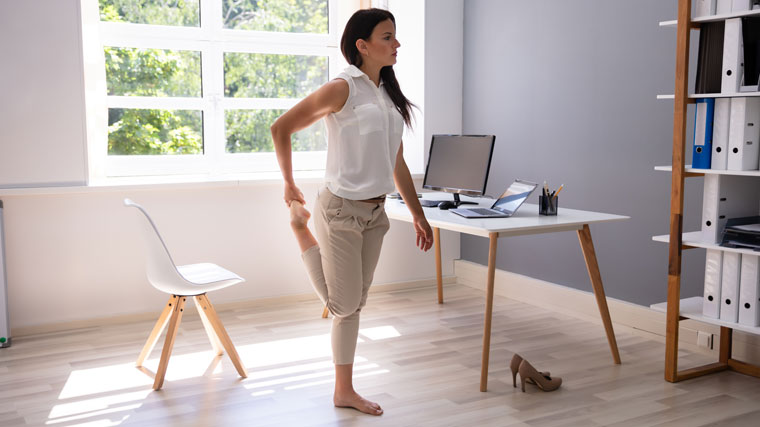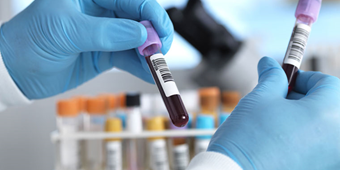Are Your Leg Veins Up To Their Uphill Job?

Answer a few questions and we'll provide you with a list of primary care providers that best fit your needs.
When they’re healthy and working well, the veins in your legs defy gravity. The valves allow blood to move toward your heart
But when the vein walls weaken and the valves become damaged, some blood flows backward and pools in your legs.
Symptoms of this condition, called venous insufficiency, vary greatly, says Abdelhamed Abdelhamed, MD, a cardiologist. “It can be as simple as swelling, discomfort, and aching in the legs. Or it can cause big varicose veins that can be unsightly. In more extreme cases, this can cause damage to the skin itself, such as discoloration or sores that don’t heal.”
Causes Of Venous Insufficiency
Chronic venous insufficiency affects about 30 percent of the population and is more of a risk for women, due to fluctuating hormone levels, especially after multiple pregnancies. Middle-aged and older adults also are at greater risk. And your risk increases if:
- Your job requires you to stand in one place or sit a significant part of each day
- You’ve had leg trauma through injury, surgery, or blood clots
- Your family has a history of venous insufficiency
- You are overweight, smoke, or get insufficient exercise
Diagnosing Venous Insufficiency
Your doctor can diagnose venous insufficiency, starting with an examination and review of your health history and symptoms. To learn more about your condition, your doctor may order tests such as ultrasounds, which can determine the leg veins’ ability to move blood toward the heart.
“It can be as simple as swelling, discomfort, and aching in the legs. Or it can cause big varicose veins that can be unsightly."
Dr. Abdelhamed Abdelhamed talks about treatments for venous disease in the legs.
Click play to watch the video or read video transcript.
Treating Venous Insufficiency
In most cases, your doctor can help you manage venous insufficiency by prescribing conservative measures such as:
- Wearing compression stockings or elevating legs to aid in upward circulation of blood and control potential swelling
- Avoiding prolonged sitting or standing
- Increased exercise to strengthen leg muscles, which help the veins move blood up to the heart. Exercise also helps control weight, reducing the risk for venous insufficiency.
- Treatment of skin sores caused by the condition. Untreated, these sores can lead to serious health complications.
If your condition is more advanced, your doctor may recommend techniques such as:
- Vein ablation. Heat is applied to seal off a diseased vein. Blood is rerouted to nearby healthy veins.
- Sclerotherapy. Salt water or a chemical solution is injected into the vein, which hardens and disappears.
In relatively few cases, surgical procedures are used.
“About 95 percent of the time, a patient will see relief of their symptoms when we have accurately diagnosed their issue and responded with the right type of therapy,” Dr. Abdelhamed says. “Some damages, such as skin discoloration, are not reversible, especially if it is late in the disease, but most symptoms will improve.”
Answer a few questions and we'll provide you with a list of primary care providers that best fit your needs.
Source: Abdelhamed Abdelhamed, MD, Premier Heart Associates; Society for Vascular Surgery; U.S. National Library of Medicine






